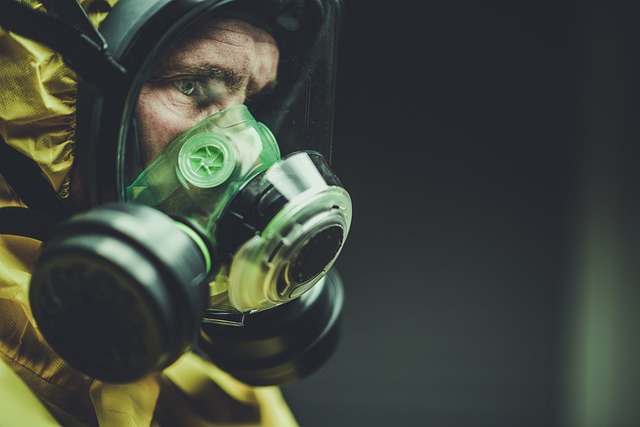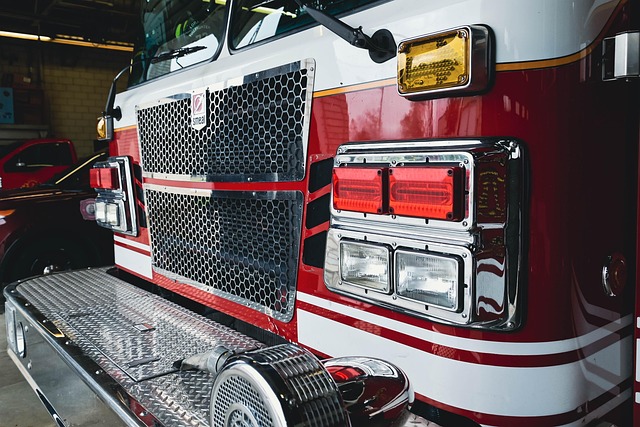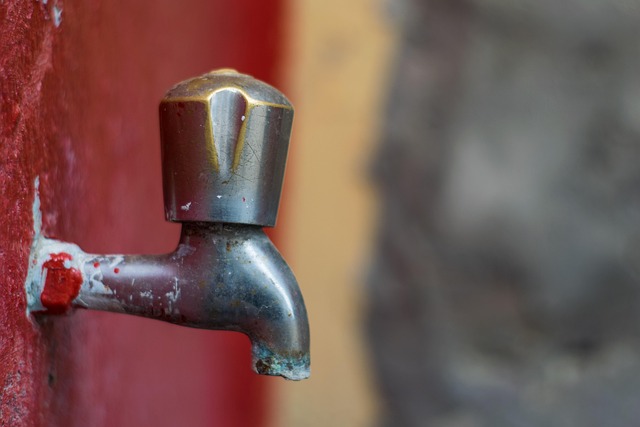Hazmat teams require specialized training using emergency valve dome props to simulate toxic substance and explosion scenarios, improving decision-making, coordination, and communication in high-stress situations. These realistic props enable crews to practice complex procedures on critical components, enhancing their readiness to effectively respond to chemical spills, gas leaks, and other hazardous situations. Customized digital training platforms track progress and analyze data, fostering continuous professional development for optimal hazmat management.
In the realm of hazardous material (Hazmat) management, efficient team training is paramount for mitigating risks. This article explores an innovative solution: the clamp training platform, designed to enhance Hazmat teams’ preparedness. We delve into understanding the unique training needs of these specialized teams and highlight the significance of emergency valve dome props in realistic simulations. By examining the benefits and implementation strategies, readers will discover how this platform revolutionizes Hazmat training, ensuring teams are equipped to handle crises effectively, especially when utilizing essential tools like emergency valve dome props.
- Understanding Hazardous Material (Hazmat) Team Training Needs
- The Role of Emergency Valve Dome Props in Simulated Scenarios
- Benefits and Implementation of a Clamp Training Platform for Hazmat Teams
Understanding Hazardous Material (Hazmat) Team Training Needs

In the dynamic realm of hazardous material (Hazmat) management, specialized teams require tailored training to address unique challenges. Hazmat teams often face intricate scenarios involving toxic substances, explosions, or unusual circumstances, demanding a high level of proficiency and preparedness. One critical aspect of their training is mastering emergency procedures, including the efficient operation of specialized equipment like emergency valve dome props. These tools play a pivotal role in containing and mitigating hazardous situations, ensuring the safety of both the team and those around them.
Training should encompass practical exercises that replicate real-world scenarios to familiarize teams with rapid response strategies. This includes learning to assess risks, don protective gear, and use equipment such as emergency valve dome props effectively. By prioritizing hands-on experiences, Hazmat teams can enhance their decision-making skills and become adept at navigating complex environments, ultimately reducing potential risks during actual emergency situations.
The Role of Emergency Valve Dome Props in Simulated Scenarios

In simulated hazardous materials (hazmat) scenarios, Emergency Valve Dome Props play a pivotal role in enhancing realism and training effectiveness. These props serve as life-like replicas of critical components found in industrial settings, allowing teams to practice emergency procedures in a safe and controlled environment. By incorporating such realistic training aids, hazmat crews can better prepare for real-world situations where quick, accurate responses are essential.
The versatility of Emergency Valve Dome Props enables trainers to create diverse, challenging scenarios that test the proficiency of response teams. From chemical spills to gas leaks, these props help facilitate practical exercises, refining coordination and communication among team members. This immersive training fosters a deeper understanding of emergency valve dome functions and enhances overall hazmat team readiness.
Benefits and Implementation of a Clamp Training Platform for Hazmat Teams

A clamp training platform offers numerous advantages for Hazardous Materials (Hazmat) teams, revolutionizing their preparation and response strategies. By simulating real-world scenarios, this technology enables specialized personnel to practice complex emergency procedures efficiently. One key benefit is the ability to train on critical components like emergency valve dome props, ensuring teams are adept at quickly addressing potential hazards. This hands-on approach enhances skill retention, especially in high-stress situations, where recall of technical steps can be challenging.
Implementing such a platform involves careful consideration of team needs and available resources. Customized training modules tailored to specific Hazmat team compositions and local hazard profiles are ideal. Integration with existing training programs ensures a smooth transition, allowing for regular practice sessions that maintain peak performance. Additionally, digital platforms facilitate progress tracking and data analysis, providing insights into team performance and areas needing improvement, thereby fostering continuous professional development in hazardous material management.






